Workplace Wellness
Emily Herndon • April 7, 2025
Workplace Wellness

Physical Therapists Offer Cutting-Edge Solutions to Workplace Discomfort and Injury Prevention
Physical therapists are emerging as key players in workplace health, providing innovative ergonomic solutions that dramatically reduce workplace injuries and improve employee well-being across industries.
Workplace-related pain and discomfort are increasingly recognized as significant challenges for employers and employees alike. PTs are now taking a proactive approach, designing comprehensive workplace wellness strategies that address everything from manufacturing floor dynamics to office ergonomics.
The goal is to transform how businesses think about workplace health. Physical therapists no longer want to just treat injuries - they're working with businesses to prevent them by creating work environments that support human physiology.
Key Workplace Wellness Strategies Include:
- Comprehensive workstation assessments
- Customized movement and flexibility programs
- Ergonomic equipment recommendations
- Posture and body mechanics training
For desk-based workers, PTs are highlighting critical interventions to combat the health risks associated with prolonged sitting. Common issues like neck stiffness, lower back pain, and repetitive strain injuries can be significantly mitigated through targeted interventions.
Employees can start today by:
- Taking frequent short breaks
- Performing in-chair stretches
- Optimizing workstation setup
For employers, physical therapists recommend:
- Investing in ergonomic assessments
- Providing employee movement training
- Creating flexible work environments that prioritize physical health
Businesses interested in reducing workplace injuries and improving employee productivity are encouraged to consult with a physical therapist who specializes in workplace ergonomics.
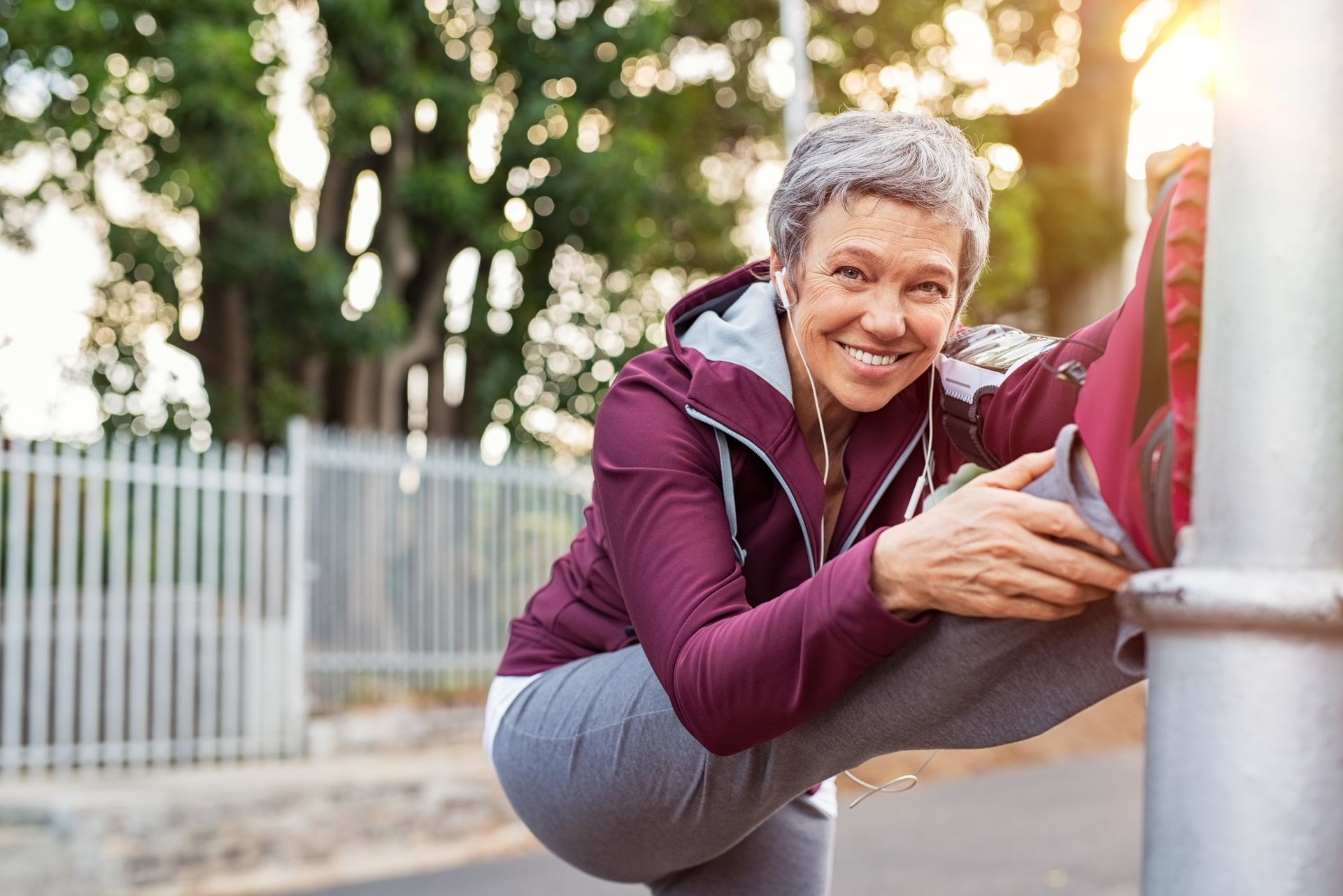
Spring Back into Motion: Preventing Overuse Injuries As flowers bloom and the days get longer, it's natural to want to get outside. Whether you're digging in your garden, hitting the trails, or playing sports, spring brings new energy. But if you were inactive this winter, your body might not be ready for a sudden burst of activity. What Are Overuse Injuries? Overuse injuries happen when we do too much, too soon, or too often. These aren't injuries from a fall or sudden twist. Instead, they build up slowly from repeating the same movements over and over. Common symptoms of overuse injuries include: ● Muscle soreness that doesn't go away ● Painful joints that ache when moving ● Tendons that feel tender to touch ● Swelling that doesn't go down Why Spring Can Be Risky After winter, many of us jump back into activities at full speed. Our bodies aren't prepared for this sudden change. Think about it: ● We've been less active during cold months ● Muscles might be weaker or tighter ● Our stamina isn't what it was last fall ● We're excited about the nicer weather and may do too much at once 5 Simple Ways to Prevent Injuries 1. Start Slow Begin with just 15-30 minutes of your activity. Add a little more time each week - 10% is a good guideline. Your body needs time to adjust! 2. Warm Up Right Never skip your warm up. Take 5-10 minutes to walk, do gentle stretching, and move your joints before any activity. 3. Mix It Up Don't do the same activity every day. Trying different things will let you use new muscle groups and give others rest. 3. Listen to Your Body Pain is a warning sign. If something hurts, stop and rest. A little muscle soreness is normal, but sharp pain isn't. 4. Use Good Tools and Form For gardening, use tools with padded handles and kneel instead of bending. For sports, make sure your gear fits well and learn proper form. Your Physical Therapist Can Help Your PT is your body's best friend when getting active again. We can: ● Check your movement patterns to spot problems before they cause pain ● Create a safe plan to build strength and flexibility ● Teach you specific exercises for your favorite activities ● Show you proper form to prevent strain ● Help you recover if you do get hurt Don't let an injury stop you from enjoying spring! With a little care and the right help, you can stay active and pain-free all season long. Call our office today to schedule a spring check-up - your body will thank you!

The holiday season is a busy and exciting time of year but can also be stressful. Between shopping, parties, traveling, and visiting family, it's easy for your regular exercise routine to fall by the wayside. Research has shown that physical activity levels tend to decrease the most after holidays. That's why it's essential to prioritize your health this time of year. Regular exercise can help reduce holiday stress and keep you feeling your best. Here are some of the key benefits of maintaining your fitness routine: Stress Management The holidays bring a lot of added demands on your time and energy. Exercise is a proven way to manage stress and improve your mood. When you work out, your body releases endorphins that can lift your spirits and help you better cope with the season's pressures. Making time to be active, even just a little bit each day, can go a long way in keeping you calm and centered. Immune System Support Cold and flu season tends to ramp up during the winter months. Staying active can help support your immune system and reduce your risk of getting sick. Keeping up with your workouts makes you less susceptible to holiday illnesses that could derail your plans. Weight Management The holidays are full of rich, indulgent foods that can pack on extra pounds if you're not careful. Regular physical activity helps you maintain a healthy weight by burning calories and boosting your metabolism. It also gives you an outlet for all the extra energy you may have from eating more decadent foods. If you need help sticking to your exercise routine, consider talking to your physical therapist. They can create a customized fitness plan to help you stay on track, even with a busy holiday schedule. Physical therapists can teach you exercises you can do at home and provide tips for fitting activities into your day. Here are a few quick tips to help you stay active this holiday season: Schedule your workouts like any other important appointment, and don't cancel them. Find ways to be active with friends and family, like going for a walk after a meal. Keep home exercise equipment (like weights or a yoga mat) accessible and ready to use. Park further away from stores and buildings to get in extra steps. Don't let the hustle and bustle of the holidays derail your health and fitness goals. With a bit of planning and creativity, you can maintain your exercise routine and enjoy a happier, healthier holiday season.
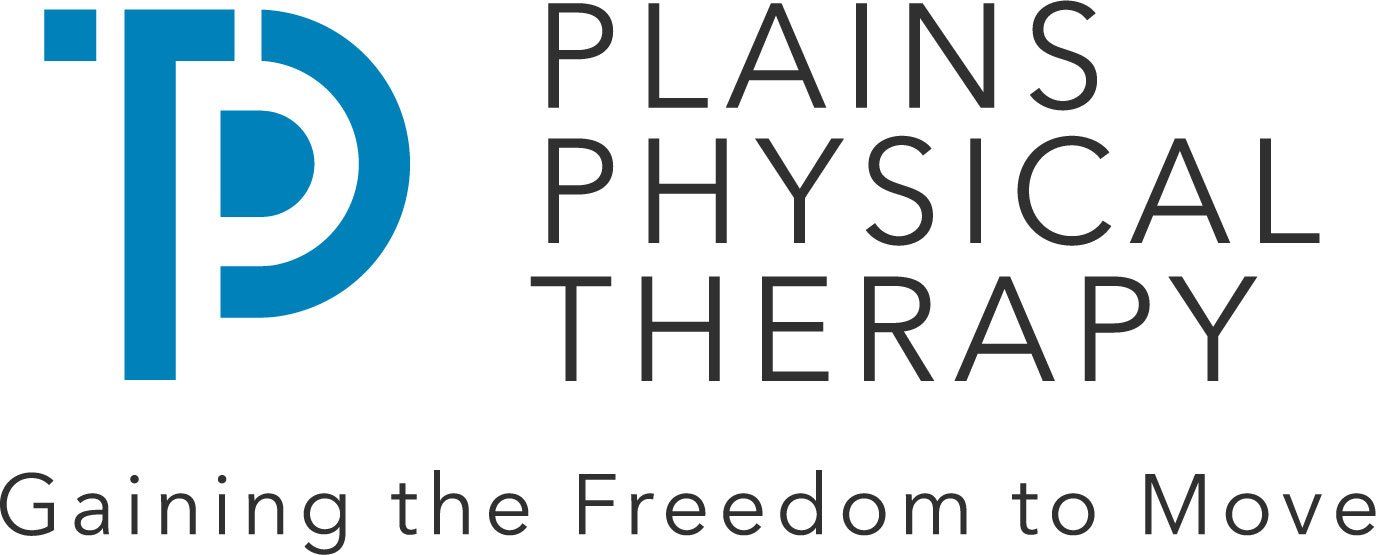


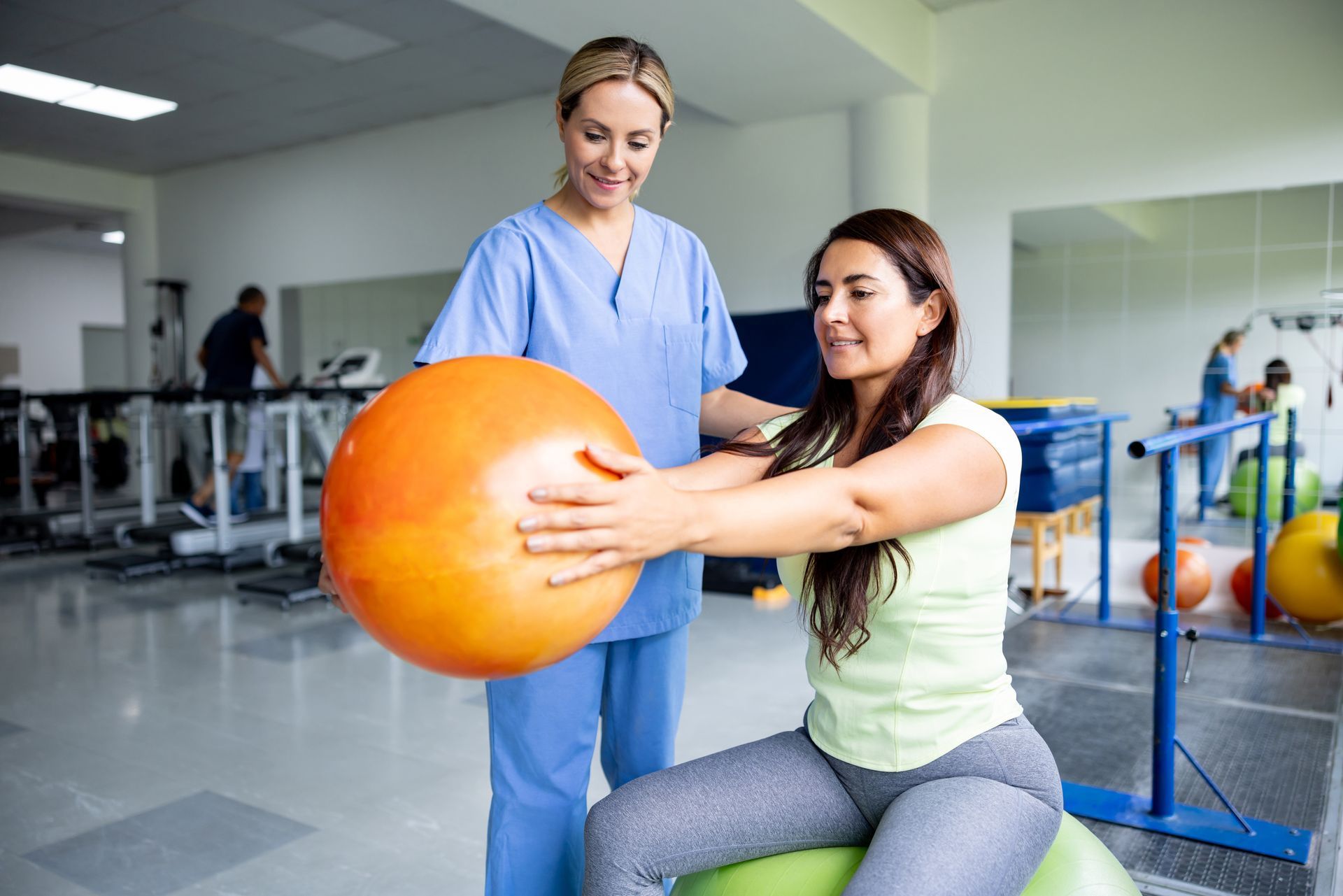
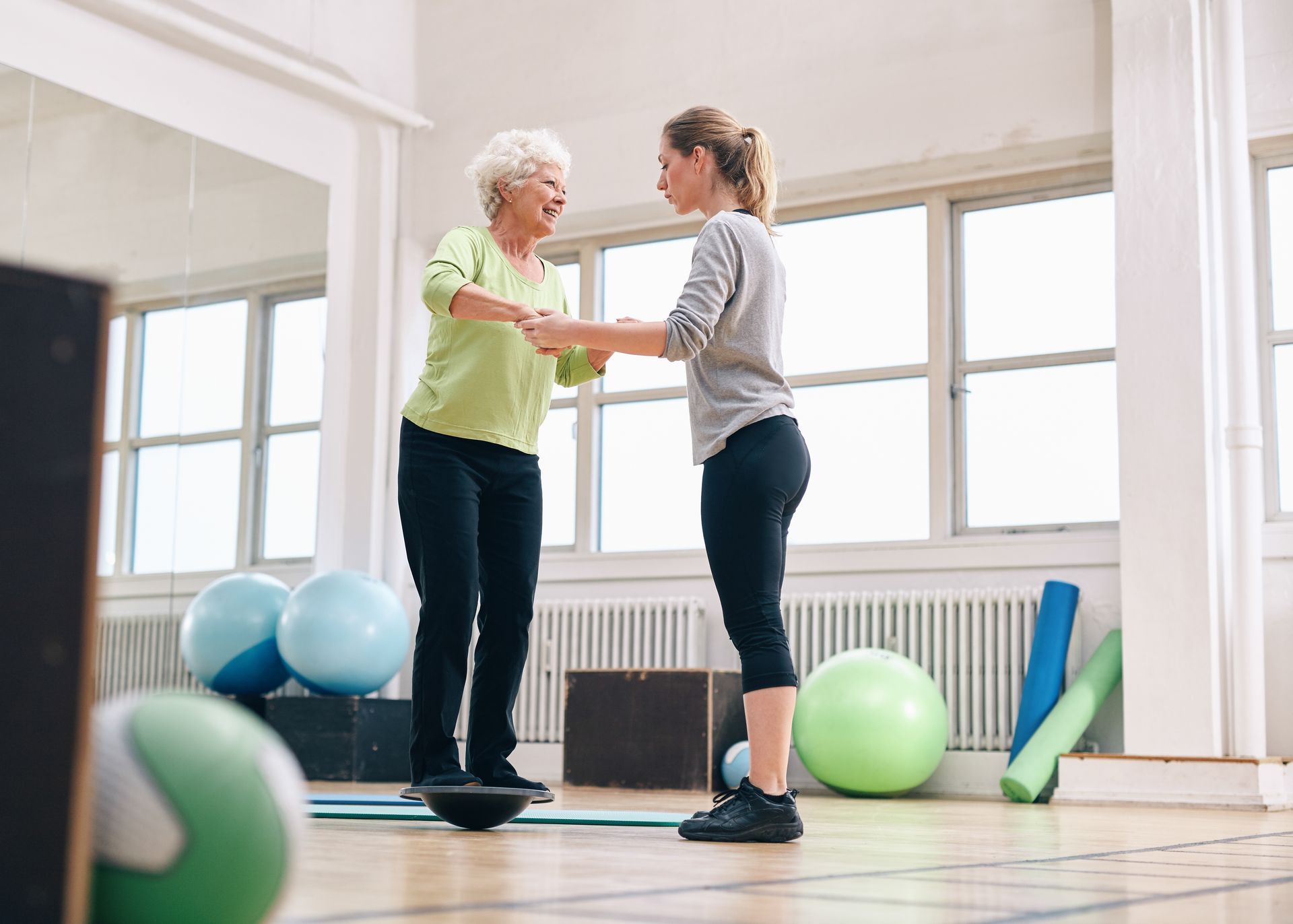

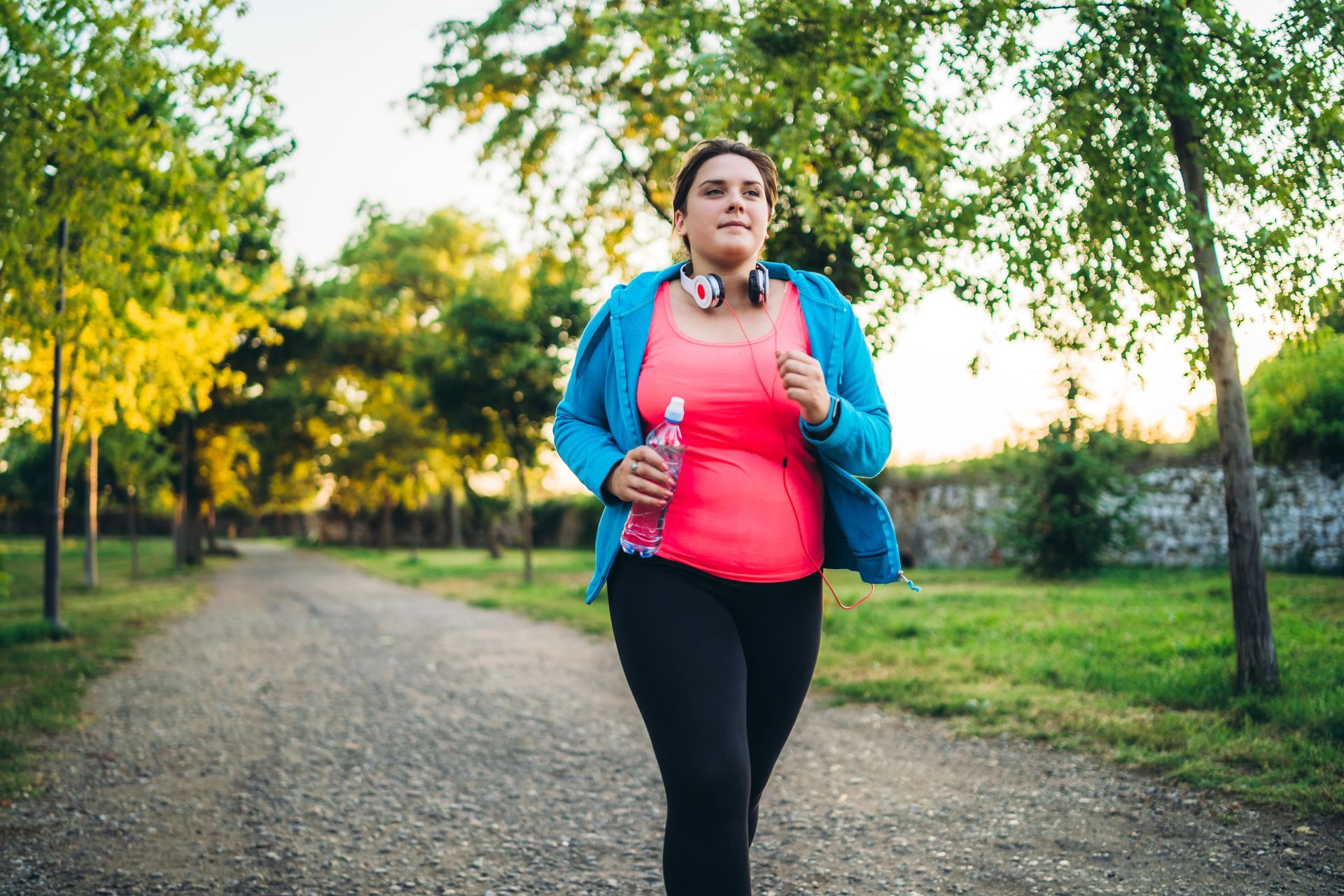


Share On: